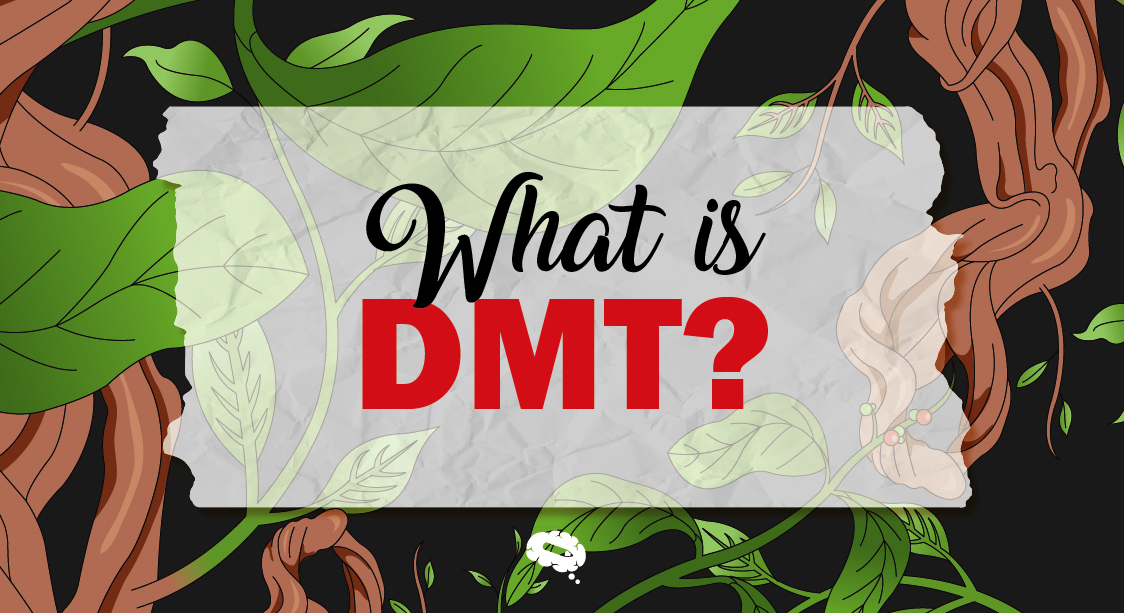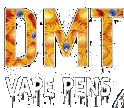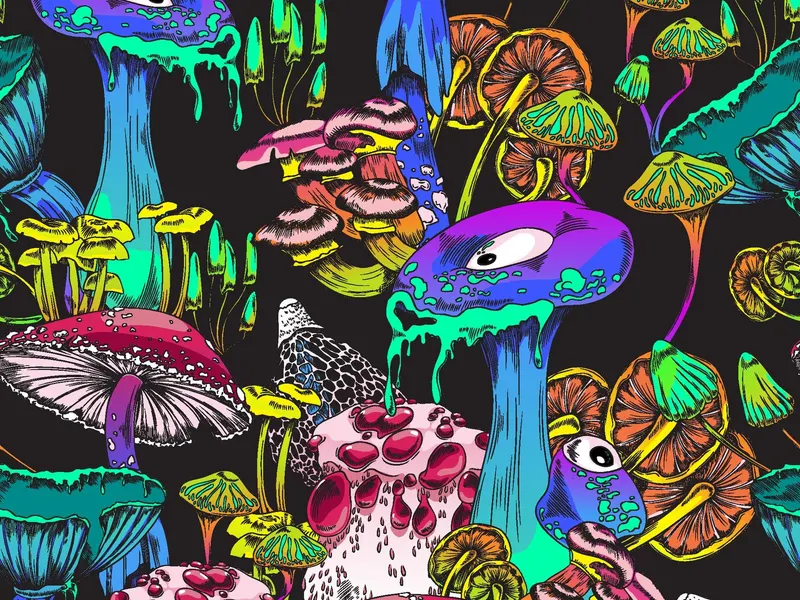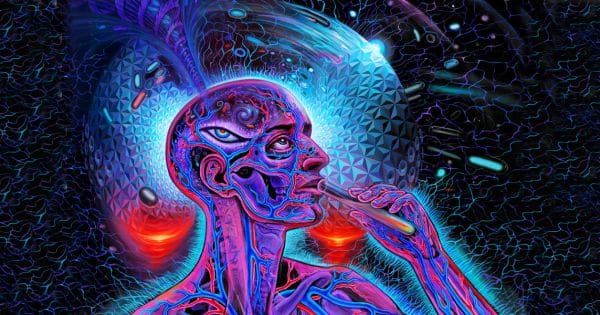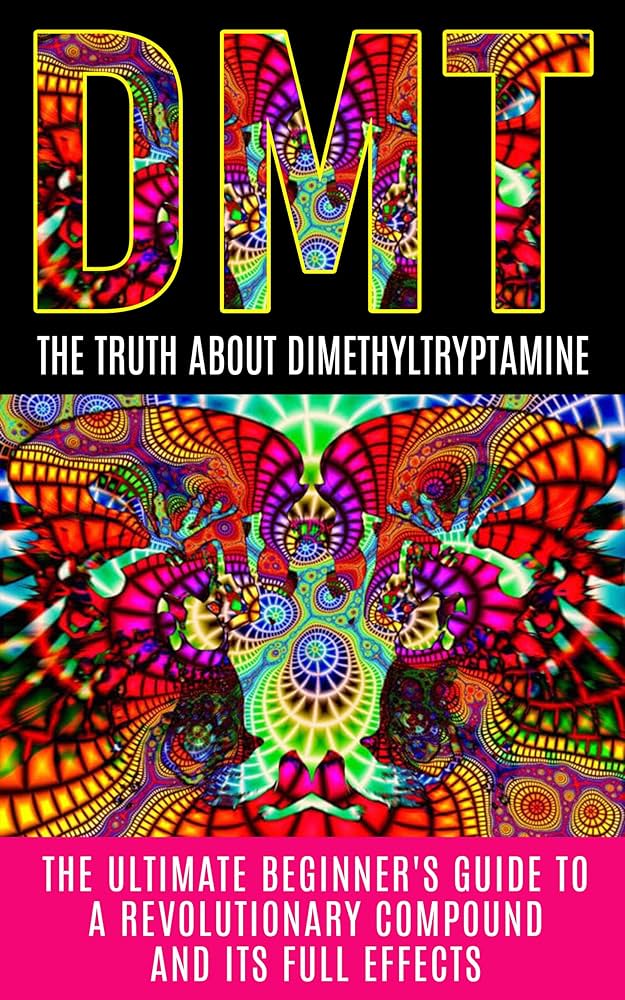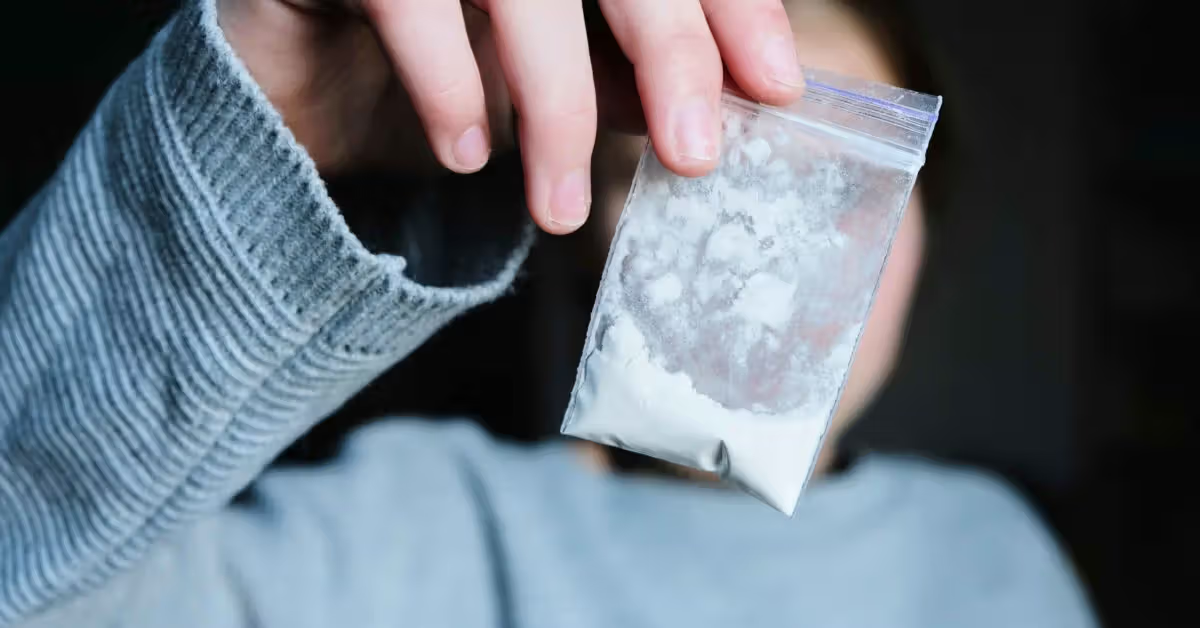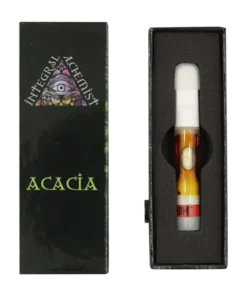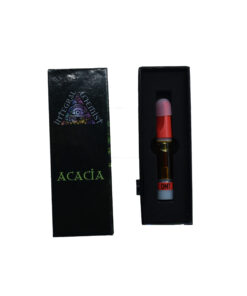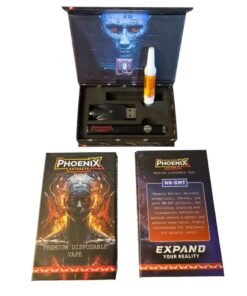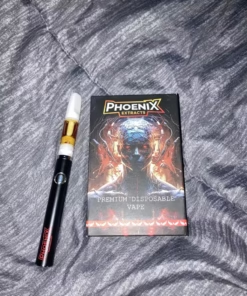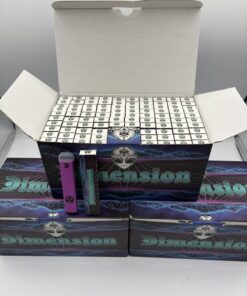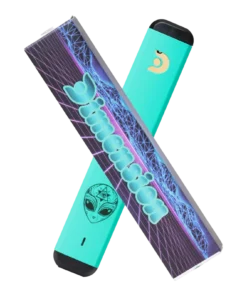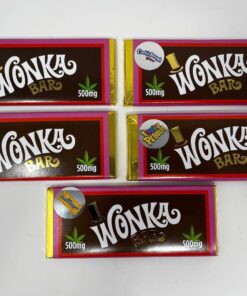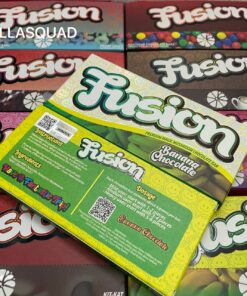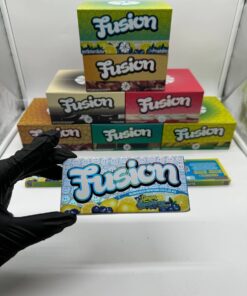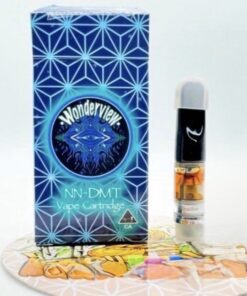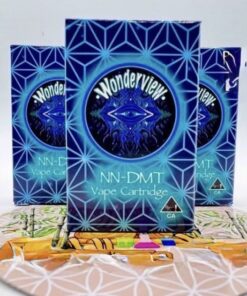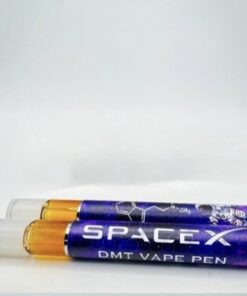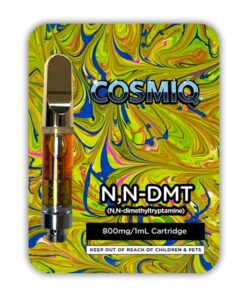The Ultimate Guide to DMT (Dimethyltryptamine)
DMT (Dimethyltryptamine) is a naturally occurring psychedelic compound found in various plants, animals, and even the human body. It is known for producing intense hallucinogenic experiences that are often described as otherworldly or deeply spiritual. While DMT has been used in indigenous ceremonies for centuries, modern scientific research is now exploring its potential therapeutic applications.
What is DMT?
DMT is a tryptamine alkaloid, chemically similar to serotonin and other psychedelics like psilocybin and LSD. Unlike other hallucinogens, DMT produces an incredibly fast-acting but short-lived experience, often lasting only 5–15 minutes when inhaled or smoked. However, when consumed in ayahuasca—a traditional Amazonian brew—the effects can last for several hours due to the presence of MAO inhibitors (MAOIs) that prevent DMT from being rapidly broken down in the body.
The History of DMT
DMT has been used for thousands of years in the form of ayahuasca, a psychoactive tea brewed by indigenous Amazonian tribes for spiritual and healing ceremonies.
- Pre-Columbian Use: Evidence suggests that tribes in South America have consumed DMT-containing plants for centuries.
- 1950s Discovery: DMT was first synthesized in 1931 by chemist Richard Helmuth Fredrick Manske but wasn’t recognized as a psychedelic until 1956, when Hungarian chemist Stephen Szára studied its effects.
- 1960s–1970s Psychedelic Boom: DMT gained popularity among counterculture movements and researchers, though strict drug laws later limited scientific studies.
- Modern Renaissance: Since the 2000s, institutions like Johns Hopkins University and Imperial College London have rekindled research into the potential therapeutic benefits of psychedelics, including DMT.
How DMT Works in the Brain
DMT interacts primarily with serotonin (5-HT2A) receptors, leading to altered sensory perception, consciousness, and cognition. Studies suggest that DMT may increase brain connectivity and temporarily suppress the default mode network (DMN)—the brain system linked to ego, identity, and self-referential thinking.
Common Effects of DMT
- Intense visual hallucinations (geometric patterns, fractals, vibrant colors)
- Ego dissolution (loss of sense of self)
- Encounters with entities (described as elves, spirits, or higher beings)
- Distorted sense of time and space
- Profound emotional and mystical experiences
These effects are often described as a “breakthrough” experience, where users feel as though they have left their body and entered another realm.
Methods of DMT Consumption
DMT can be administered in several ways, each offering different durations and intensities of experience.
| Method |
Onset Time |
Duration |
Notes |
| Smoking/Vaping |
10–30 sec |
5–15 min |
Rapid onset, intense visuals, short duration |
| Ayahuasca (Oral) |
30–60 min |
4–8 hours |
Longer, more introspective experience |
| Intramuscular Injection (IM) |
5–10 min |
30–60 min |
Used in clinical research |
| Intravenous Injection (IV) |
Immediate |
10–30 min |
Used in scientific studies |
DMT in Science and Medicine
Modern research is exploring DMT’s potential benefits for mental health conditions such as:
- Depression & Anxiety – Some studies suggest that DMT, like other psychedelics, may promote neuroplasticity (the brain’s ability to rewire itself).
- PTSD & Trauma Healing – By temporarily dissolving the ego, DMT may help individuals process traumatic experiences in a non-judgmental state.
- End-of-Life Anxiety – Research indicates that DMT can induce mystical experiences similar to near-death experiences (NDEs), potentially easing fear of mortality.
Institutions like Imperial College London, Johns Hopkins, and MAPS (Multidisciplinary Association for Psychedelic Studies) are actively studying psychedelics, including DMT-assisted therapy.
Cultural and Spiritual Significance
Ayahuasca and Indigenous Traditions
DMT is a key ingredient in ayahuasca, a sacred shamanic brew used by Amazonian tribes for healing, self-discovery, and spiritual connection. Shamans guide participants through intense visions and personal insights.
DMT and the “Machine Elves”
A fascinating aspect of DMT experiences is the recurring theme of entity encounters. Many users report meeting “machine elves,” cosmic beings, or interdimensional teachers. Some researchers speculate that these visions could be projections of the subconscious mind, while others entertain the idea of contact with other dimensions.
Legal Status of DMT
DMT is classified as a Schedule I drug in the United States, meaning it is considered to have no accepted medical use and a high potential for abuse. However, some exceptions exist:
- Ayahuasca is legally protected in certain religious ceremonies under the Religious Freedom Restoration Act (RFRA) in the U.S.
- Some countries, such as Brazil, Peru, and Costa Rica, allow ayahuasca retreats.
- In Canada, limited exemptions have been granted for psychedelic-assisted therapy.
Potential Risks and Safety Considerations
While many report profound and life-changing experiences with DMT, it is not without risks:
Psychological Risks
- Overwhelming hallucinations that can be disturbing or terrifying
- Ego dissolution may be disorienting for those unprepared for the experience
- Potential exacerbation of underlying mental health conditions (e.g., schizophrenia, psychosis)
Physical Safety
- Unlike some substances, DMT is not physically addictive.
- However, combining DMT with MAOIs (as in ayahuasca) can lead to dangerous drug interactions.
- Harm reduction strategies, such as having a trusted sitter and using a safe environment, can help minimize risks.
The Future of DMT Research
Scientists and therapists are increasingly interested in DMT’s potential medical applications. Research into psychedelic therapy suggests that controlled DMT experiences could help treat mental health conditions, encourage neurogenesis, and facilitate spiritual insights.
Exciting future directions include:
- Extended-state DMT research, where scientists study prolonged DMT trips through IV infusion.
- Neuroimaging studies to better understand how DMT affects brain function.
- Psychedelic therapy clinics, where trained professionals guide DMT-assisted healing sessions.
SHOP DMT PRODUCTS
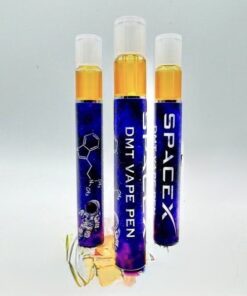 SPACEX DMT VAPE PEN .1ML
1 × $40.00
SPACEX DMT VAPE PEN .1ML
1 × $40.00